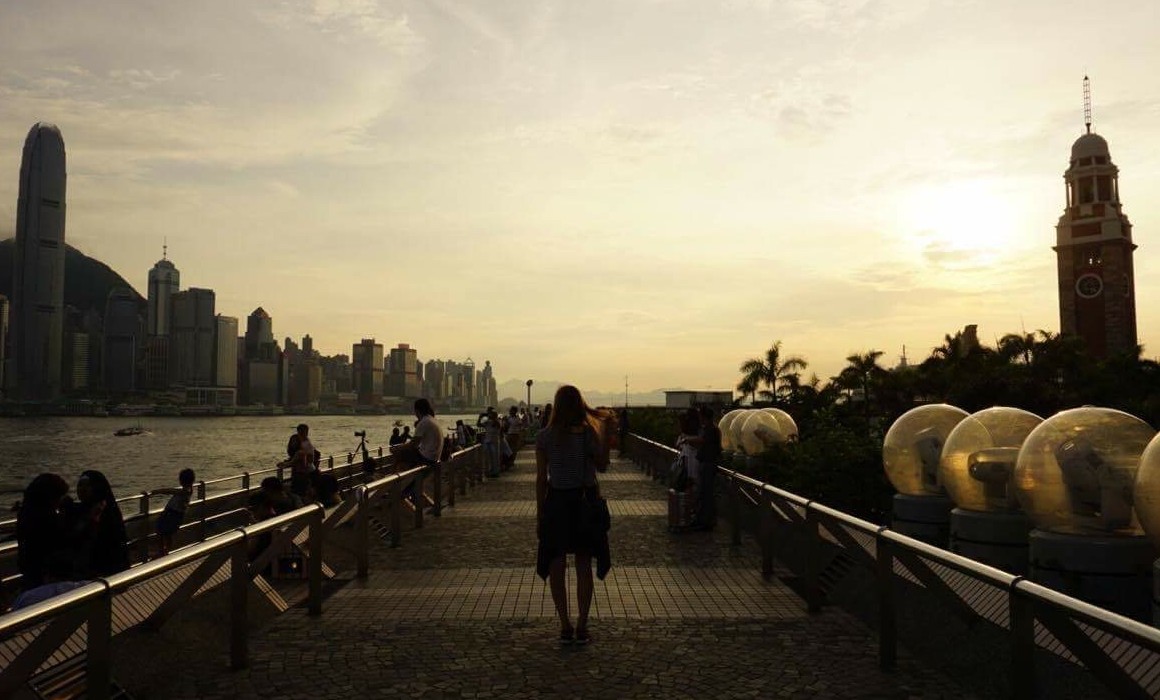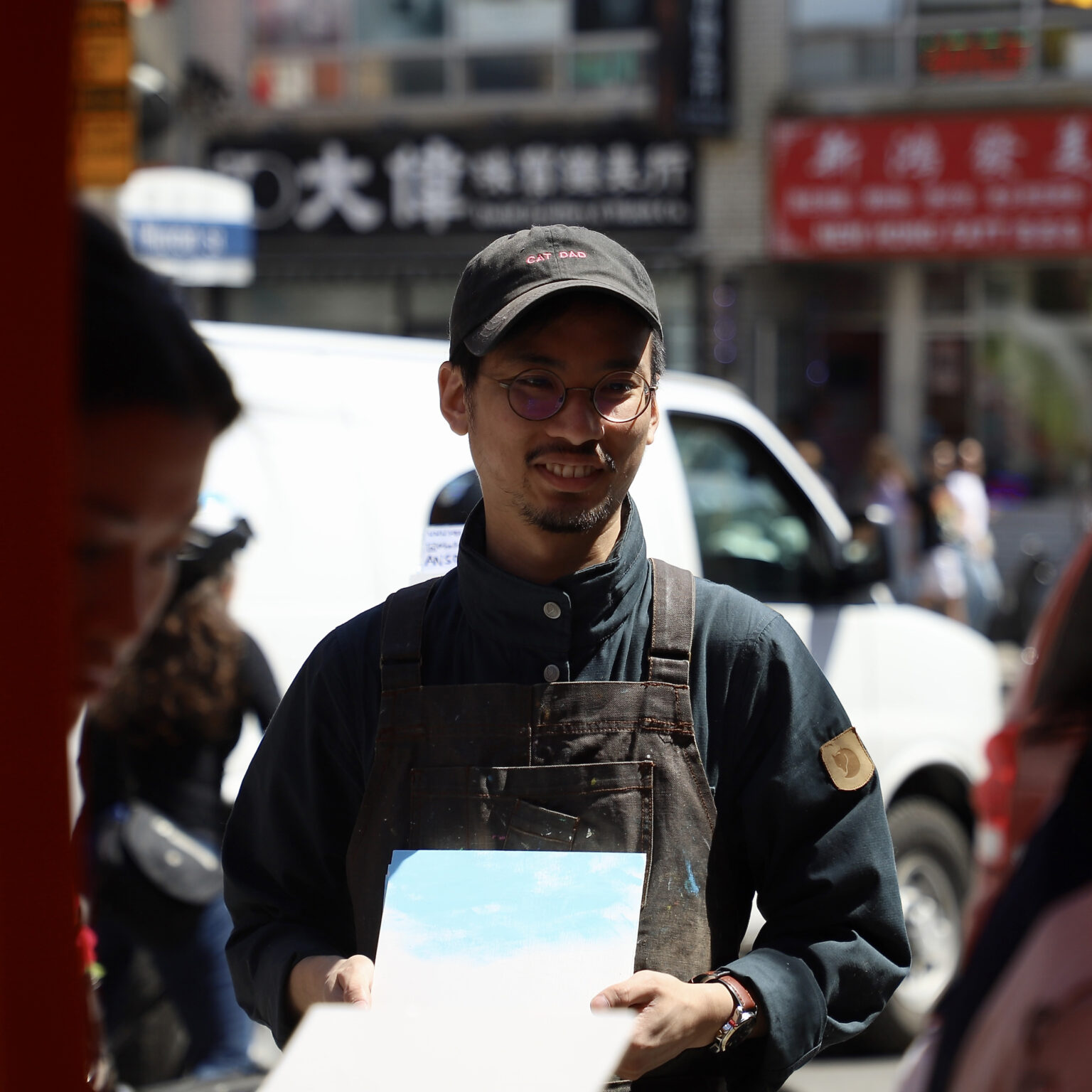Introducing P.O.V., a place where the Asian community can voice their views and perspectives on topics that matter most to them. Interested in contributing? Email us at info@representasianproject.com.
I’ve always wondered what my life would be like if my parents didn’t immigrate to Canada from Hong Kong in the ‘90s — only a few years before the Handover, when Hong Kong returned to China control in 1997 under the promise of One Country, Two Systems until 2047.
There is so much to say about Hong Kong. It seems that every day, every week brings a new blow. So much has happened in the city since June of last year, when two million people (the population of Hong Kong is 7.5 million, by the way) took to the streets in protest of a bill that would allow extradition to China.
The bill was finally shelved in late October, but by then the protests had evolved into a weekly battle between protestors and police. In July 2019, thugs stormed an MTR station, attacking civilians; a month later saw police officers storm another MTR station, pepper spraying and beating innocent passengers. Throughout autumn, universities transformed into besieged battlefields, and there was more than one instance of young protestors being shot at point-blank range by police officers. When winter brought COVID-19, and with it, restricted mass gatherings, it was clear that the woes were just beginning.
This year on July 1st, Beijing imposed a national security law upon Hong Kong, effectively choking off any political freedoms that Hong Kong has enjoyed up until the present. The law criminalizes secession, subversion, collusion — and is intentionally opaque about what these might mean. Arrests have begun — including that of Jimmy Lai, a prominent pro-democracy media tycoon, who was placed under arrest and whose newspaper offices were raided on Aug. 9. And according to Article 38 of the national security law, arrests are not limited to Hong Kong’s borders either. The way the law is worded means that you don’t have to be in the city to break said law.
There’s a sense of hopelessness that pervades the conversations I have had about that city. “It was going to happen sooner or later.” “I don’t know what to do now.” “It feels like the worst has happened.” “This is the death of Hong Kong as we know it.”
But if anything, Hong Kong has always been a city of opposites, almost abnormally so. It’s a city of dichotomies, boundaries drawn not in straight lines and clear-cut opposites, but rather a tangle of contrasts, of some of this thing and not some of that thing. It’s a city constantly teetering on the in-between. Amidst the despair—in spite of it, even—there is hope.
‘Today, Hong Kong. Tomorrow, the world.’ – 今曰香港,明曰世界
For a city that was built upon the pride of being the touchpoint between Asia and the “West”, it is a weird twist of irony to see how the anti-government protests in Hong Kong had shaped ones all over the world. Parallel scenes of how the government and the police are attacking their own people, from Hong Kong to Portland, are abundant on social media.
In many ways, Hong Kong is a microcosm of the world — for better or for worse. It seems astounding to think that the events in a city of barely over 1,000 square km would have echoes everywhere, but those who have been watching carefully know that the city can also too easily turn into a testing ground for China’s push of authoritarianism to the world. You might say that they’re testing the world’s limits of tolerance before it turns its efforts to Taiwan — and then who’s to say where next?
But there is still today. Today, for some the city has become a paradigm for protests, drawing a striking parallel for countries resisting fascism and authoritarianism all over the world.
Observing from afar
I myself, not having been born in Hong Kong, acknowledge that I can hardly speak for those who were. A handful of summers and two short years post-graduation cannot speak for lifetimes.
But still, from my view of a Chinese-born Canadian, I know I am not alone in the overwhelming grief, anger, the feeling of injustice, of being wronged — and the mandate that I can’t look away. It hasn’t been easy seeing the city that I knew as a child, and then later as a young adult, crumble and erode away.
I credit the city with some of my most formative experiences, yet I don’t have the words to express seeing this city trampled over with brutality and violence. The very streets I walked upon are being invaded with tear gas and rubber bullets, the shopping malls where I once met up with friends are being stormed by armed police, and universities are being transformed into battlefields.
“[Hong Kong] is a city constantly teetering on the in-between. Amidst the despair—in spite of it, even—there is hope.”
What I can say is I have so much respect for the protestors. They are fighting with their lives and their bodies for that freedom and ideas like democracy, freedom of speech, freedom of press, freedom of assembly. These are ideas that we barely give a second thought to in Canada—instead, they are second nature to those in Hong Kong. But now I cannot stop thinking about them. If anything, it’s reinforced how strongly I believe in the right to protest, and the freedom of speech, of thought, of being.
The past year has been a rollercoaster of emotions of posting on social media—even if half of my audience wasn’t even from Hong Kong—because it seemed the very least I could do was share that this was happening. Right now, there is no happy ending. For HongKongers, under the new law, there may not even be a story in the first place. History could be scrubbed clean of these ideals that people have literally died for.
Still, the hope remains.
When the slogan “光復香港,時代革命” (Liberate Hong Kong, Revolution of our Times) was banned under the NSL, young protestors stood on the street holding up eight blank sheets of paper instead. Lennon walls (walls covered with encouraging messages for the protestors) were replaced with blank post-its. The message remains. The hope remains.
Recent attacks to freedom have not taken place so much on the streets. The arrest of Lai, as well as a number of well-known democracy activists, many of them youth, shows that the One Country, One System approach has arrived — 27 years early.
Seeing the protests over the past months have driven home the urgency that we cannot look away. From Hong Kong, or anywhere else that is fighting. We are not alone, and freedom must be fought for — and while such galvanizing statements might have seemed out of place in a first-world country in present day, the past few months have shown us that they are anything but. The scariest world to live in isn’t the one we live in right now. The scariest world would be one in which we stopped resisting. And that’s why we hope.
Jessie Ho is a sometimes freelance writer, sometimes social media person. She was born in Canada after her parents emigrated from Hong Kong, and spent two years post-graduation working and thriving in the city. When she’s not contending with the nuances of a hyphenated cultural identity or grappling with the contradictions of a creative career, she’s probably on Instagram.
Like this post? Follow The RepresentASIAN Project on Instagram, TikTok and YouTube to keep updated on the latest content.











